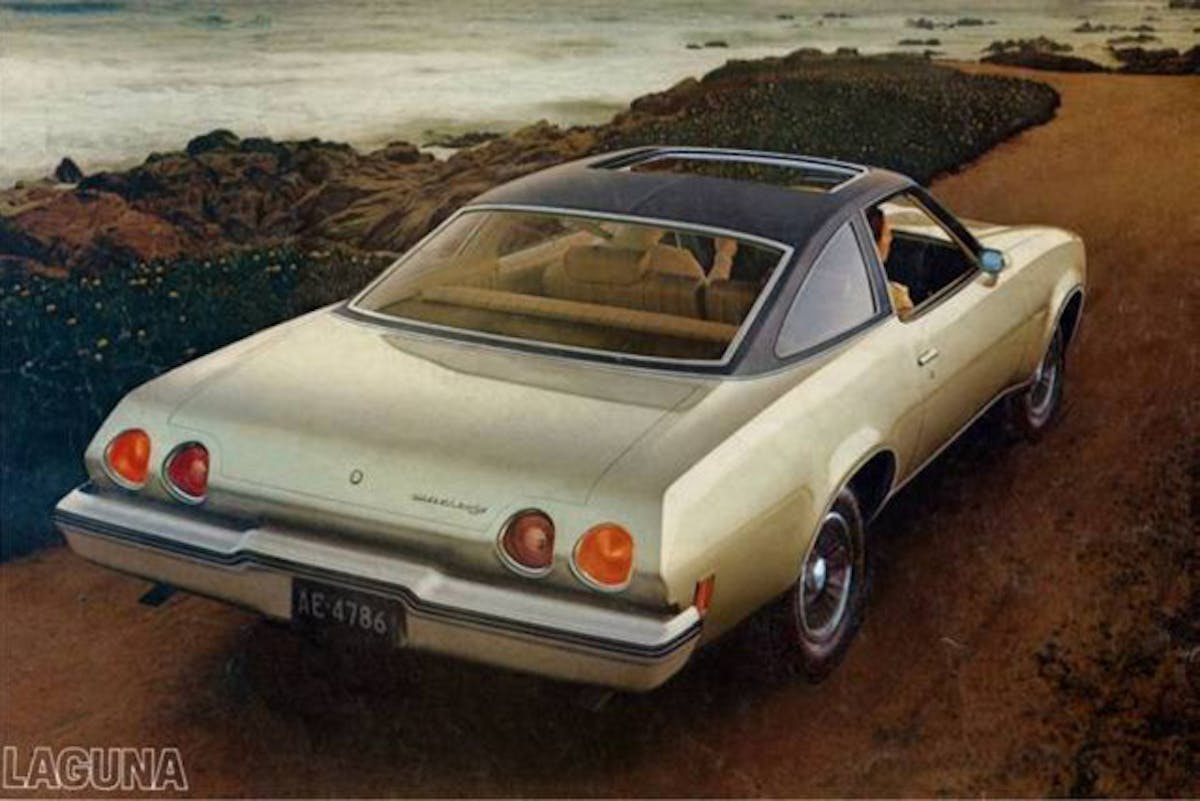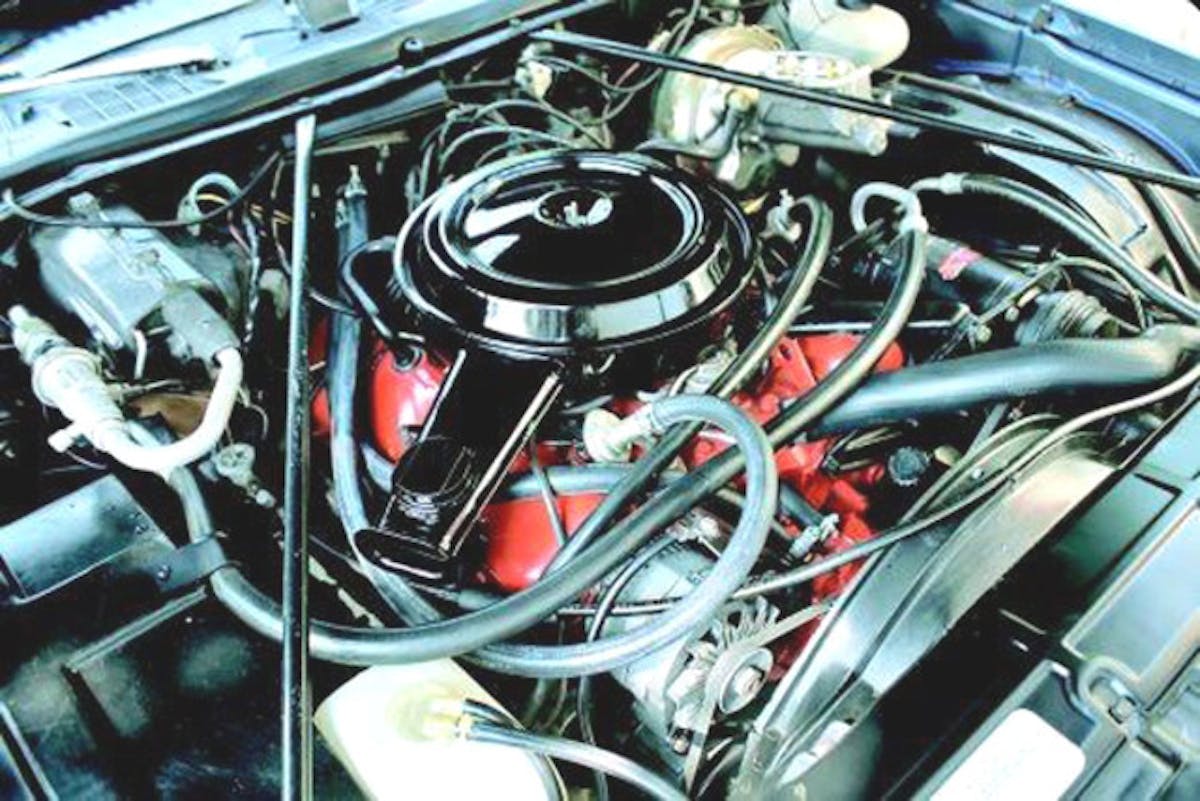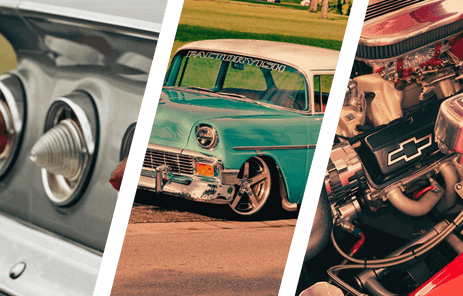 A redesign of the 1973 Chevelle model marked the most extensive redesign in its 10-year history. It was this year that the Chevelle was no longer available as a hard-top coupe. This was done because of growing concerns about proposed Federal rollover crash standards.
A redesign of the 1973 Chevelle model marked the most extensive redesign in its 10-year history. It was this year that the Chevelle was no longer available as a hard-top coupe. This was done because of growing concerns about proposed Federal rollover crash standards. 
This change caught the buying public off guard, as a hardtop car had been a staple of American cars for more than 20 years.
Although this final generation of the Chevelle received a dramatic and controversial facelift, engine options were carryovers from the previous year. There were five different power options available for the 1973 Chevelle. First was the standard 250 inline six-cylinder engine, and the 307 cubic-inch V-8. Ironically, both of these engines delivered a less-than-stellar 110 horsepower. An upgrade got the buyer a 350ci engine with a two-barrel carburetor that delivered a whopping 145 horsepower. The 350 cubic-inch V-8 with a two-barrel carburetor was the standard engine in the Laguna Chevelle. Optional engines for all Chevelles included a 350 cubic-inch V-8 with a four-barrel carburetor that tripped the dyno at a disappointing 175 horsepower. A three-speed manual transmission was standard, and a four-speed manual and Turbo three-speed automatic were optional.
The Super Sport moniker was now just a trim option that was limited to the mid-level Malibu series. Buyers could even get a “Super Sport” station wagon this year. The SS trim package included a blacked-out grill with an SS emblem, lower body-side and wheel opening stripes, color-keyed dual sport mirrors, and SS fender and rear panel emblems. The SS option required implanting either the available 350 or 454 cubic-inch V-8 with the buyer’s choice if a four-speed or three-speed automatic transmission. The horsepower wars were definitely over, and the Chevelle was reaching the end of the line.
You might also like
SEMA 2025: TMI Gives The Copmaro A Much-Needed Interior Upgrade
Explore the legacy of the third-gen Camaro and its significance in the muscle car world. Discover the Copmaro story.



